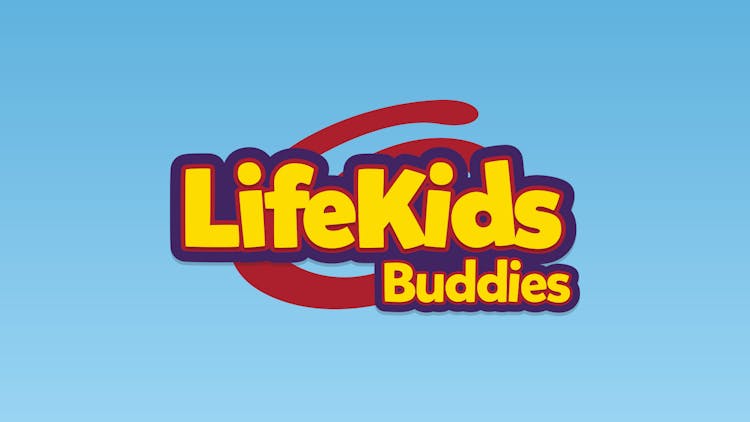Play time sounds like it’s all fun and games, but you can use it to set the stage for a successful, low-stress experience! Watch the video below and read on to get tips on keeping your Play time fun, safe, and purposeful.
Watch This
Here’s your chance to watch Play time in action! Observe the interactions between the kids and the leaders during an actual Play time. Kids ages 2 through Kindergarten are included, so no matter which Early Childhood room you serve in, there’s something for you in this video!
Read These Tips
- Build relationships. Kids learn best from a trusted adult! Use these tips to build trust with play.
-
- Introduce. Say hello to every kid who comes into your room. Reinforce your name by saying something like, “Hi, Shae! Miss Heather’s happy to see you!” Introduce kids to each other, too!
- Show. If a child is new, walk them around the room. Show them the Picture Schedule Cards on the wall so they can get an idea of what you’ll be doing before their parents come back. Show all the different Play activities, and help them choose one to play with.
- Give choices. Encourage kids to choose the toys and activities they’re interested in. When you listen to what kids want early on, it will be easier for them to listen to you later when the room is more structured and choices are limited.
- Look. Look for kids you know well, and reinforce your friendship by playing with them. Keep an eye out for kids who don’t mesh well so you can steer them to different small groups later.
- Enjoy. “If you play, they will come.” Sit at a center and play with the toys there. When you play with the toys, you show kids you’re there for them, and you enjoy what they enjoy.
- Praise. Play with the kids so you can catch them doing well and praise them for it. If the first thing you say to a kid is positive, it can help them better receive redirection from you later.
-
- Play management. Kids learn what your expectations are for the whole hour during play. Use these tips to keep play fun and energetic, without it becoming chaotic.
- Position. Your location is the best prevention for things getting too wild.
- Keep leaders spread throughout the room; avoid having multiple leaders in one location.
- Stand or sit where you can see as many kids as possible.
- If your room has a toy like a climber or a bounce house, have an adult supervise it.
- Remind. Use positive phrases to remind kids of the expectations you have for them, such as:
- “Use your walking feet.”
- “All the toys are for sharing.”
- “Let’s keep the blocks together over here at the block table.”
- “Use your indoor, gentle voice, not your yelling voice.”
- “Use kind, gentle hands in this room.”
- Empower. If a child looks nervous or upset, try these strategies to help them calm themselves.
- Show them what to do. Bring them to a center and show them how to play with the toys.
- Give direction. They may be uncomfortable or unable to choose a toy because of how they’re feeling. Choose a toy for them and play together to help them refocus.
- Be a friend. Talk with them. Ask questions like, “When is your birthday?” or “What’s your favorite animal?” Be silly, too, to try to get a giggle.
- Relax. Take a deep breath, and recognize a kid may feel overwhelmed, afraid, tired, hungry—the list can go on and on! Try these ideas when a behavior becomes difficult to handle.
- Give them space. Don’t leave a kid alone, but be aware that direct eye contact or cornering them may feel threatening. A little room and time might be what a kid needs to self-correct.
- Ask the child to let you in. Acknowledge the child’s feelings simply with a question like, “You look sad. Why are you sad?” Wait patiently and listen respectfully when they answer.
- Ask for help. If a kid isn’t responding to you, ask another leader to try to connect with them. If a behavior is dangerous like hitting or biting, call your LifeKids Coach.
- Learn more. Check out the Dealing with Challenging Behavior video and discussion guide.
- Position. Your location is the best prevention for things getting too wild.
- Door skills. Ask yourself, “What kind of person would I want to have teaching my child about Jesus?” Be that person right from the first drop off!
- Smile. A warm smile builds trust with kids and parents. Smile with your whole self, too! Think about your body language and what message you’re sending.
- Chat. Drop off is the best time to connect with parents since pick-up time can have long lines.
- Ask parents friendly questions to make your interaction all about them, not you.
- Let parents know how much you enjoy seeing their kid each week, and why. For example, “Your Jaden is so kind. He shares toys all the time. I’m happy I’m his small group leader!”
- If you see a line forming, be brief so parents can make it to their experience on time.
- Shrink. Your adult size can be intimidating! Get down to the child’s eye level to welcome them.
Think About This
Play time will always be busy, but a few weeks of cooperating with the other leaders in your room to apply these strategies can transform it to be a fun, relaxing time of connecting with kids!
Talk It Over
Now that you’ve read a few tips and watched a video, help the info stick! Talk over these questions with your Coach or a LifeKids staff member. Share what you’ve learned with other leaders in your room!
- What do you think is the main goal of Play time?
- What’s the number one challenge you have, or you think you might have, when leading Play time?
- Which tips for Play time were most helpful for you?


